


Volcano crystals could make it easier to predict eruptions
Predicting when a volcano is going to explode is a very difficult task. Every volcano has its own unique and complex maze of tunnels that feed magma to the surface. So even when we detect volcanic activity, it’s very hard to know when the magma will make its way through these tunnels and erupt.
But there’s now a way to assess this process using crystals that grow inside volcanoes and act like a record of its eruption. Our latest study on crystals from Mount Etna in Italy has shown that if new magma arrives in chambers 10km below Etna’s surface, an eruption can follow within two weeks. No wonder the Roman poet Lucretius said Etna “rages with flames from the’ lowest pit of Hell”.
Geologists used to think of the magma below volcanoes as being in a large single chamber, but modern research shows that feeding systems contain many connected compartments with complex transport routes. We also know what when new magma recharges these volcanic feeding systems it can trigger an eruption.
As it moves towards the surface, the newly stirred magma pushes apart the rock, building up pressure beneath the volcano. This produces earthquakes and inflates the volcano’s cone-shaped edifice, effects that can be monitored at the surface or from space with satellites. What’s difficult knows if a particular magma recharge will actually translate into an eruption and how much time it will take for the eruption to start.
This is where the crystals can come in. These minerals are called antecrysts (“ante” meaning before) because they often start growing from early magmas thousands of years before the volcano erupts. They grow layer by layer, recording changes in the surrounding magma, like tree rings registering variations in the climate.

Laser technology now means we can look into the antecrysts to create maps of the trace chemical elements inside them. This essentially involves firing a grid of laser lines over the antecryst and then using what’s known as a mass spectrometer to analyse the aerosol that is given off and work out what it contains.
This can be used to create a 2D image of the crystal’s composition that can tell us something about its history. For example, when old antecryst cores are transported to the surface by newly stirred magma, it generates a distinctive rim on the crystal. The challenge is to extract meaning from these records.
Mapping Etna
Using crystal chemical maps from the last 40 years of volcanic activity at Mount Etna, we’ve been able to determine the depth at which the crystals grow but also when new magma began invading the underground volcanic system. We found that this started occurring in the 1970s, coinciding with when the volcano began to erupt more often, with faster-moving magma and more explosiveness and seismic activity.
The type of contact between the crystal cores and the rims and thickness of the rims hold information on how much time elapses between the arrival of batches of magma and when an eruption started. This means we can better predict when an eruption is likely to occur after magma is detected at certain points beneath the volcano (in this case, two weeks after arrival at depth).
In this way, carrying out laser surveys of antecrysts from around the world could help volcanologists better understand how magma recharge acts as a trigger for eruptions, and how to interpret monitoring data from active volcanoes. This could create a more accurate process for spotting warning signs and predicting imminent eruptions.
Publié le 24/01/2018
Source Web: theconversation
Les articles en relation

L’intelligence artificielle peut-elle prédire les éruptions volcaniques ?
L’intelligence artificielle peut-elle prédire les éruptions volcaniques ? Quelque 800 millions de personnes vit aux abords de volcans qui peuvent, à tout moment, entrer en éruption. D'où
Savoir plus...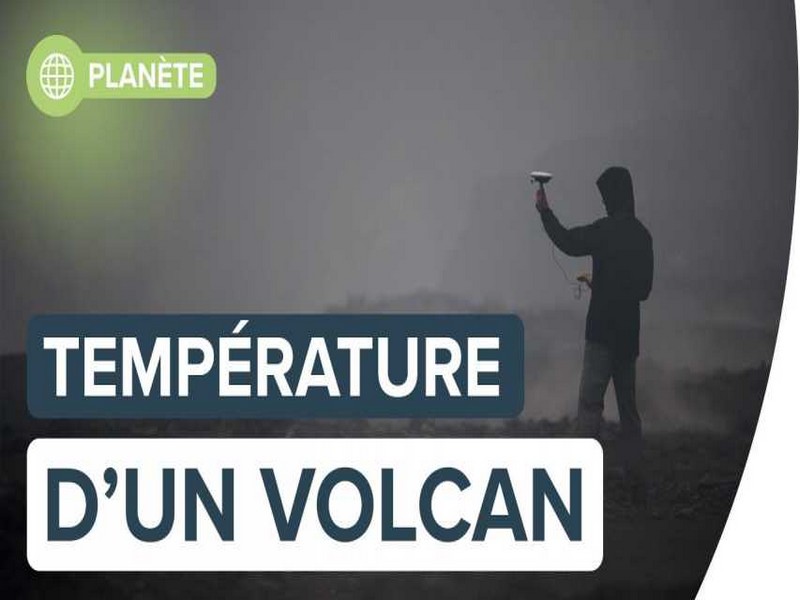
Nyiragongo : l'étonnant travail des géologues sur le lac de lave
Nyiragongo : l'étonnant travail des géologues sur le lac de lave Olivier Grunewald, photographe de la nature, a suivi des géologues aventureux sur les bords du lac de lave du volcan Nyiragongo, en Répu
Savoir plus...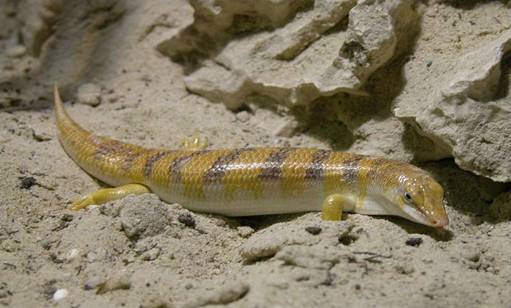
Scincus scincus, le poisson du Désert
Egalement connu sous le nom de poisson des sables, poisson du désert ou de lézard des sables, le Scincus scincus (scinque) est un reptile qui mesure jusqu’à 25 cm de longueur. Parfaitement adapté au cli
Savoir plus...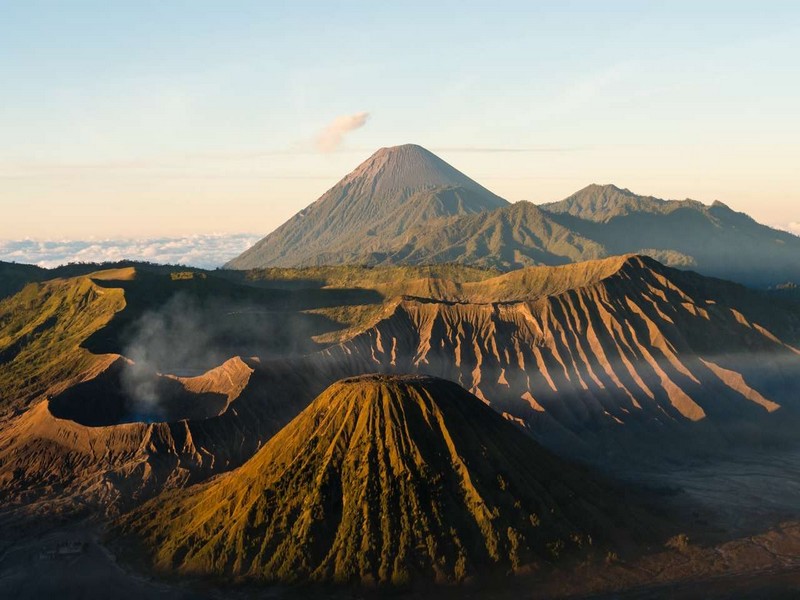
Pourquoi y a-t-il des volcans sur Terre ?
Pourquoi y a-t-il des volcans sur Terre ? Les volcans sont les manifestations visibles de l'activité interne de la Terre. Ils se forment lorsque du magma d'origine plus ou moins profonde arrive à la surface du g
Savoir plus...
Volcan Kilauea : à Hawaï, l'éruption explosive redoutée a eu lieu
Volcan Kilauea : à Hawaï, l'éruption explosive redoutée a eu lieu Une importante explosion a retenti dans un cratère du Kilauea, à Hawaï, jeudi 17 mai, propulsant des cendres jusqu'
Savoir plus...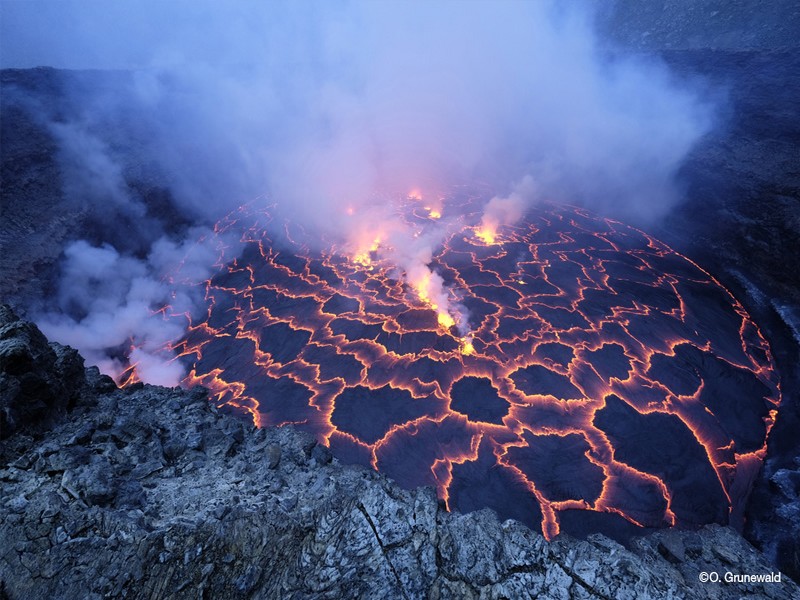
Nyiragongo : voyage au cœur du volcan par Olivier Grunewald
Nyiragongo : voyage au cœur du volcan par Olivier Grunewald Au plus près d'un lac de lave : Olivier Grunewald, photographe, l'a fait. Pour la beauté du spectacle mais aussi pour la volcanologie. Ces bouill
Savoir plus...
La formation des minéraux
Les minéraux se forment dans des conditions physiques particulières. Il existe plusieurs types de roches sur Terre (voir Paléontologie - la fossilisation), et chacun de ces types possède des minéraux c
Savoir plus...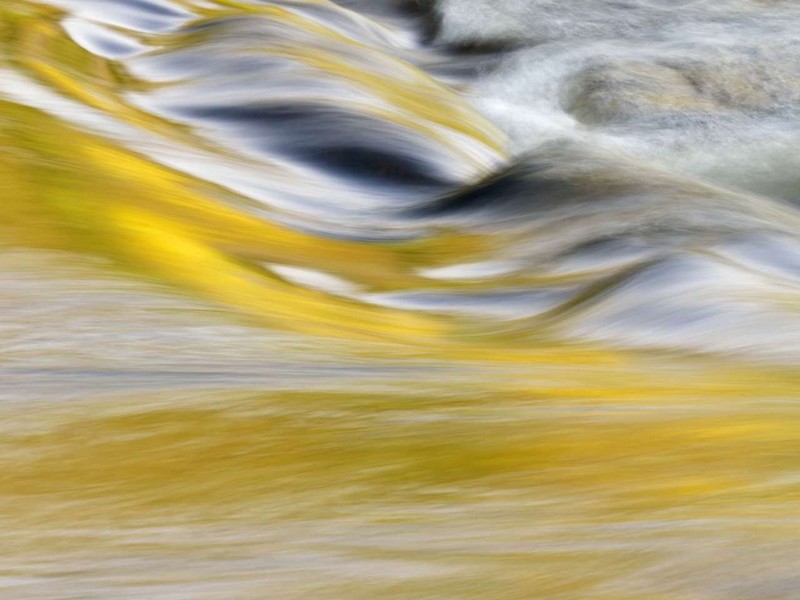
Point chaud
Point chaud En géologie, un point chaud est un endroit à la surface d'une planète qui a une activité volcanique régulière résultant de l'arrivée en surface de diapirs ma
Savoir plus...
Volcan Kilauea : à Hawaï, l'éruption explosive redoutée a eu lieu
Volcan Kilauea : à Hawaï, l'éruption explosive redoutée a eu lieu Une importante explosion a retenti dans un cratère du Kilauea, à Hawaï, jeudi 17 mai, propulsant des cendres jusqu'
Savoir plus...
Disparition des dinosaures : l'astéroïde aurait amplifié le volcanisme global
Disparition des dinosaures : l'astéroïde aurait amplifié le volcanisme global La chute d'un corps céleste il y a 66 millions d'années n'aurait pas seulement amplifié le volcanis
Savoir plus...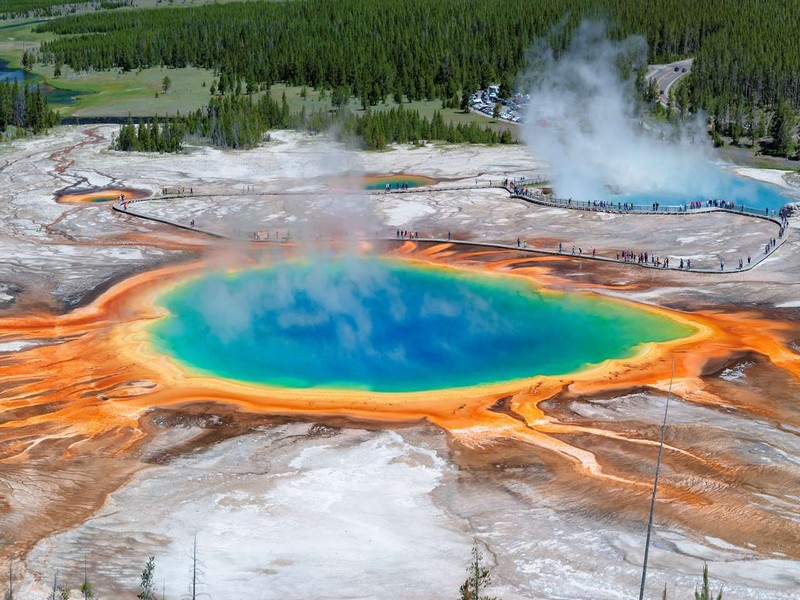
supervolcan
Supervolcan Un supervolcan produit des éruptions et des explosions d'une ampleur catastrophique. C'est un événement majeur qui décime en général toute la population d'une r&eacut
Savoir plus...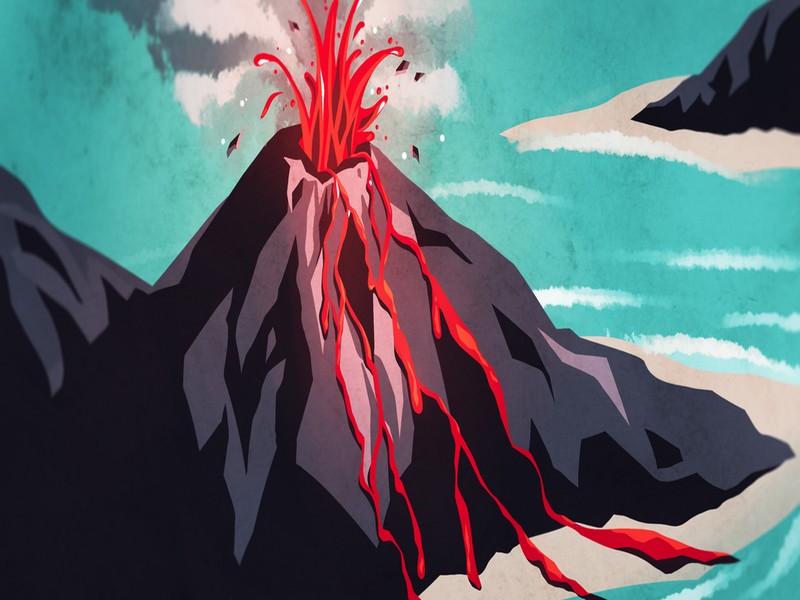
Curious Kids: why doesn’t lava melt the side of the volcano?
Curious Kids: why doesn’t lava melt the side of the volcano? This is an article from Curious Kids, a series for children. The Conversation is asking kids to send in questions they’d like an expert to answer. All questions
Savoir plus...Les tags en relation
Recherche du site
Recherche avancée / Spécifique
Géoparc et Recherche Scientifique
Le coins de l’étudiant



Blog Géoparc Jbel Bani
Dictionnaire scientifique
Plus de 123.000 mots scientifiques
Les publications
Géo parc Jbel Bani

Circuits & excursions touristiques

cartothéques


Photothéques
Publications & éditions



